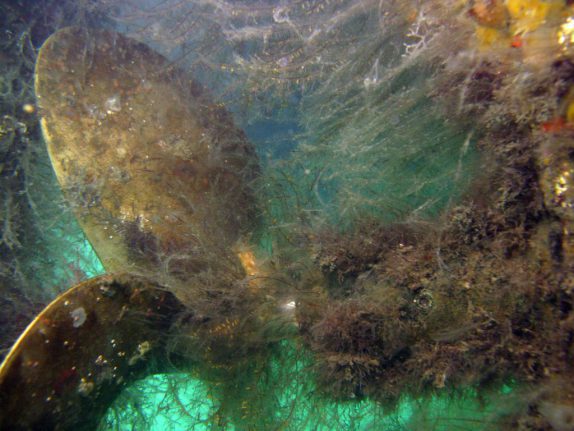Last week the California State Lands Commission (“SLC”) distributed informative documents which remind vessel owners and operators of their management, record-keeping, and reporting obligations under the SLC’s biofouling and ballast water regulations. The document regarding the regulations’ management requirements are available here and the document regarding the regulations’ record-keeping and reporting requirements are available here.
Biofouling Regulations
The SLC’s new biofouling regulations require vessels to engage in biofouling management best practices, report to the SLC regarding the same, and to maintain a biofouling management plan and a biofouling record book. Our summary of the SLC’s biofouling regulations’ requirements is available here.
Vessels delivered on or after January 1, 2018 are immediately subject to the SLC’s new biofouling regulations. Vessels already in operation must come into compliance with the regulations upon the vessel’s first dry-dock completed on or after January 1, 2018. Although vessel owners and operators are encouraged to come into compliance by their respective deadlines, the SLC’s regulations provide for a 60-day “grace period” after a vessel makes its first call to a California port after its respective deadline to come into compliance.
Ballast Water Regulations
The document regarding the ballast water regulations’ management requirements provides examples of “best practices” which the SLC says can minimize the release of nonindigenous species into California waters:
- Discharge only the minimal amount of ballast water essential for operations;
- Minimize or avoid ballast water uptake:
- In areas with known infestations of nonindigenous organisms or pathogens,
- In areas near a sewage outfall,
- In areas exposed to a toxic algae bloom,
- In areas of poor tidal flushing or high turbidity,
- In areas where sediments are disturbed (i.e., near dredging operations), and
- At night or when it is dark out as this is when bottom-dwelling organisms rise up in the water column.
- Minimize ballast water discharge in California’s marine sanctuaries, preserves, parks or coral reefs;
- Clean ballast tanks regularly in mid-ocean waters, in port, or during dry-dock operations; and
- Rinse anchors and anchor chains when retrieving.
Vessel owners and operators are also reminded that the SLC requires the reporting of a vessel’s ballast water management in two separate ways.
- First, the vessel must submit the Annual Vessel Reporting Form at least 24 hours in advance of the vessel’s first arrival at a California port for the calendar year.
- Second, the Ballast Water Management Report must be submitted at least 24 hours prior to each arrival at a California port.
The SLC encourages vessels to submit their Ballast Water Management plans via the online portal so that some reporting errors are immediately identified.
– Keesal, Young & Logan Maritime Law Group
This information has been prepared by Keesal, Young & Logan for informational purposes only and is not legal advice. Transmission of the information is not intended to create, and receipt does not constitute, an attorney-client relationship between you and Keesal, Young & Logan. You should not act upon this information without seeking professional counsel.
